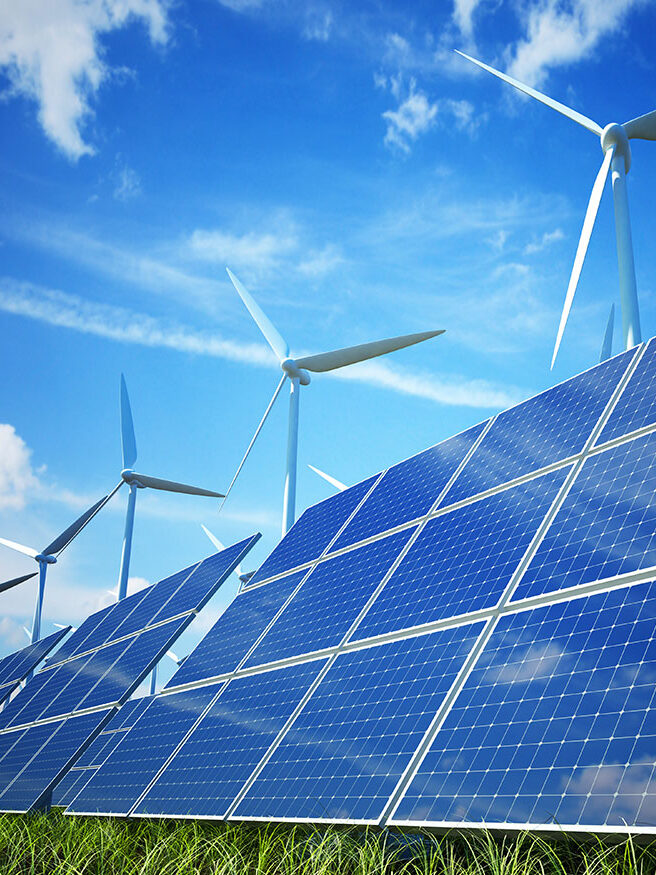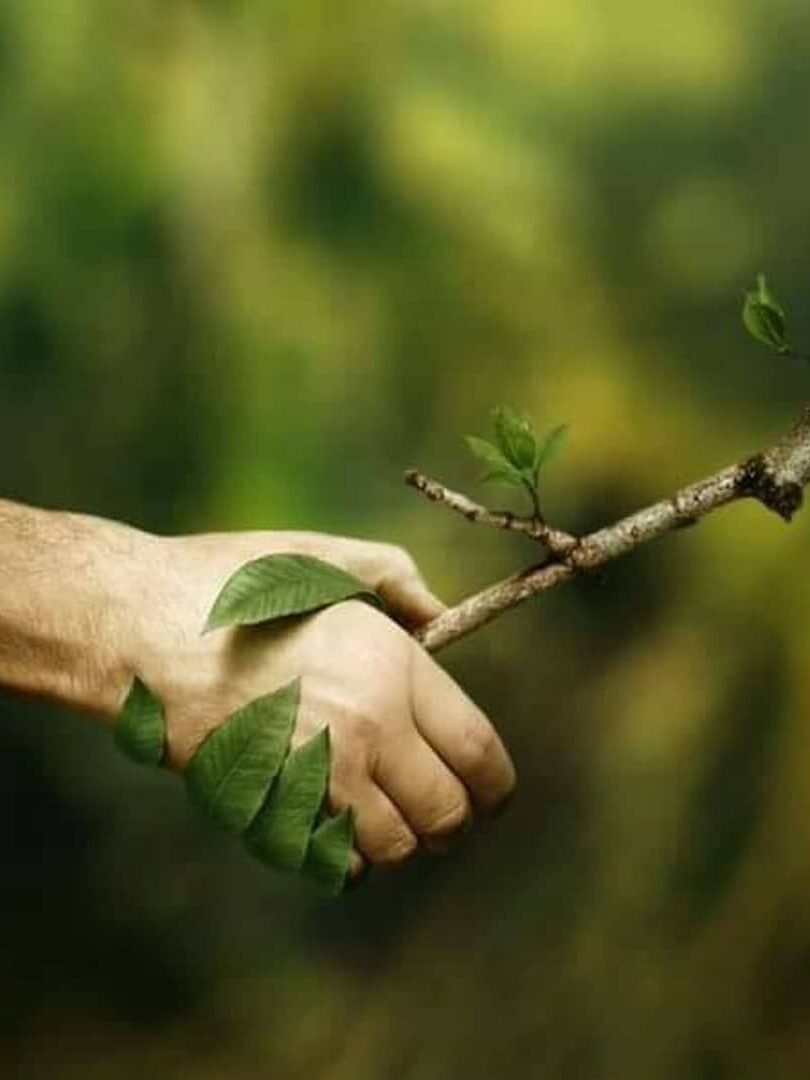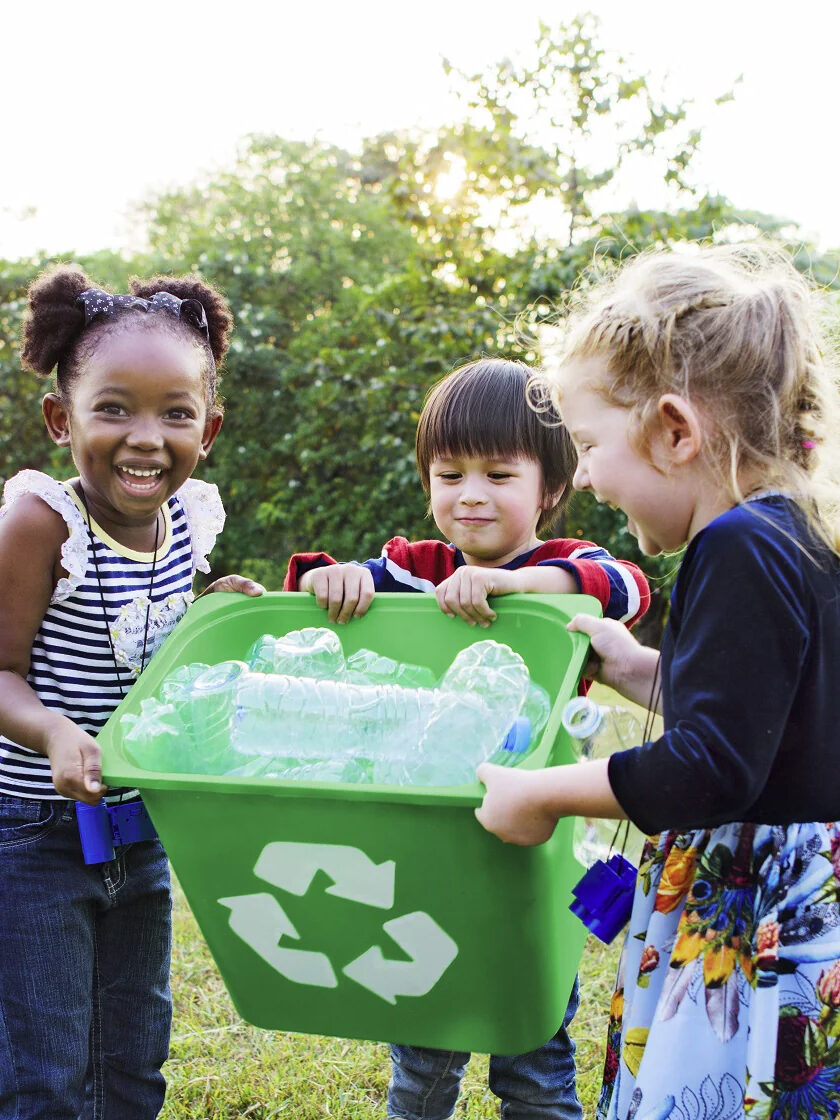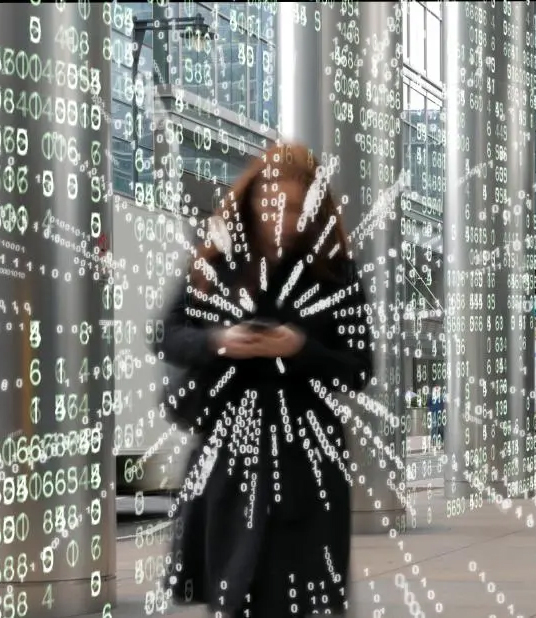A MODEL OF SUSTAINABILITY
LEADING THE WAY IN SHOWING WHAT IS POSSIBLE
Let’s face it…humans, like every species, are consumers and we cannot stop consuming if we are to survive. It is now imperative that the conservation conversation shift to one of generational sustainability and regenerating the planet. HOW is going to show what is possible with sustainable energy, being water-wise, “eco-friendly” building and regenerative agricultural practices.
SUSTAINABLE / CLEAN ENERGY
We will install enough clean, renewable energy in the form of solar arrays and vertical, bird safe wind generators to power the sanctuary. By creating our own power, we will reduce our dependance on the power grid saving valuable financial and natural resources while cutting our carbon footprint.
REGENERATIVE AGRICULTURE
It is estimated that half of the topsoil on the planet has been lost in the last 150 years due to erosion, overuse of chemical fertilizers and pesticides, compaction, loss of structure, nutrient degradation, and salinity. With the assistance of leading regenerative agriculturists, we will use biodynamic techniques to improve and regenerate the soil at the sanctuary. These efforts will turn a seemingly barren landscape into a lush and verdant environment for both the animal residents and visitors.
WATER WISE
We chose the Southern California region as the home for the sanctuary as the climate suits the needs of our animal residents. The drought prone region presents a number of challenges when it comes to water. Our solution is to be water-wise. There will be extensive use of “gray” water and we will produce water using state-of-the-art atmospheric water collection techniques and devices to supplement our supply. Use of mulch and drip irrigation will ensure that water evaporates more slowly and reaches the plants it is intended for.
RESPECTING NATIVE ECOSYSTEMS
At Heart of the Wild, our commitment goes beyond providing forever homes for animals in need and educating visitors. We hold a deep concern for the well-being of the native species that call our sanctuary grounds and the surrounding habitat their home. Vigilant attention and consideration will be given to native plant and animal species to ensure the native ecosystems are uninterrupted. Consistent monitoring will be an integral part of our mission as we strive not only to provide a haven for animals but also to safeguard the survival of the animal and plant species that coexist within our sanctuary’s boundary.
RECYCLE / REUSE / REPURPOSE
It has been said many times… “just throw it away”. The question is…where is “away”? At the sanctuary we will recycle as much as we can. If an item cannot be recycled, we will look to reuse or repurpose it. From aluminum to paper to plastics, our first question will be…how do we recycle or reuse this?
GREEN BUILDINGS AND BUILDING PRACTICES
As with any sanctuary, public access and support buildings will be a must. From the entry to administration offices to bathrooms, buildings must be erected. At the sanctuary, we will use state-of-the-art, green building techniques to erect these structures…with a twist. We have chosen to build monolithic domes. Monolithic domes are extremely sturdy, energy efficient, earthquake and weatherproof buildings. By using “form” and balloon building techniques, domes can be built in a fraction of the time and at a lesser cost than erecting “stick” or cement block structures. Domes are environmentally friendly and beautiful in the landscape.
EMF PROTECTION
We are surrounded by electronic devices. Telephones, tablets, automobiles and more. Each gives off Electromagnetic Frequencies or EMF. Until more is known about the effects of EMF’s we will use EMF Protection / Radiation Shields throughout the Sanctuary to mitigate EMF exposure for visitors and animal residents.







